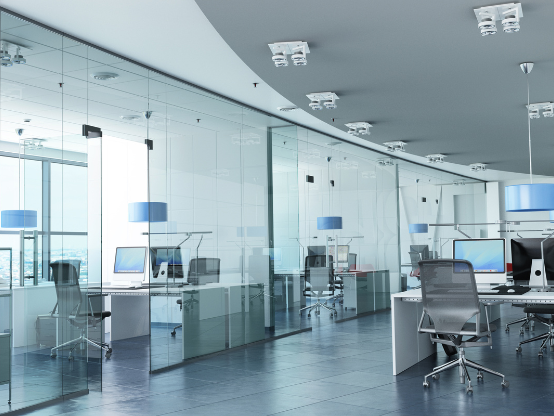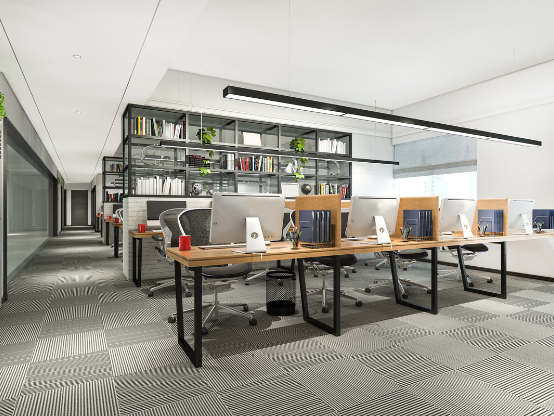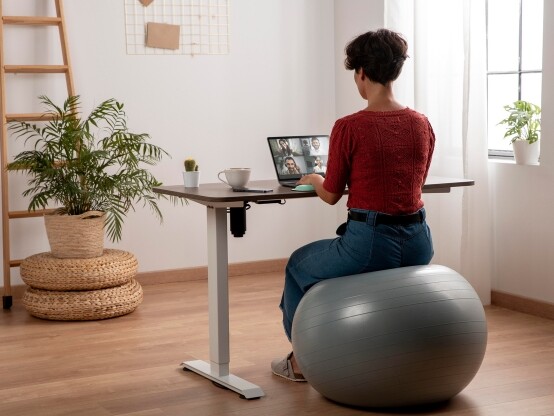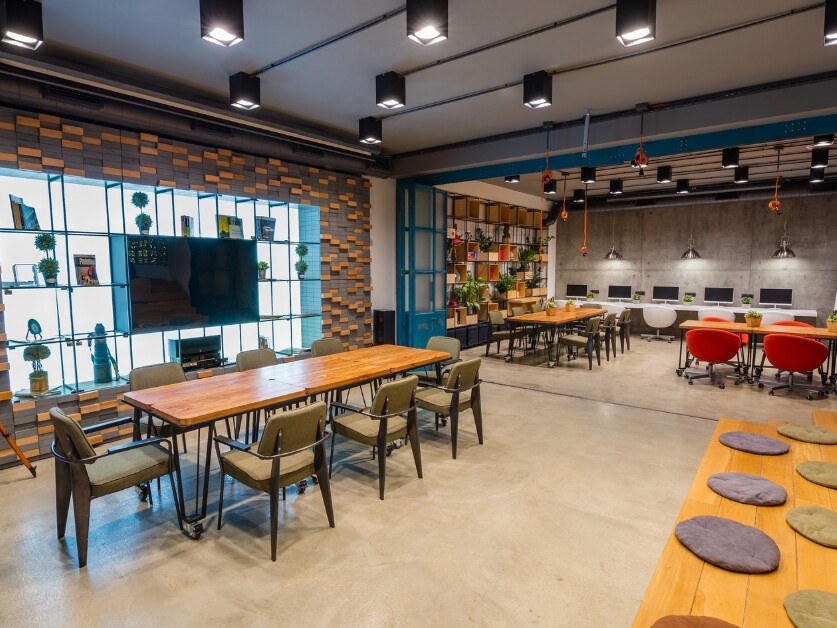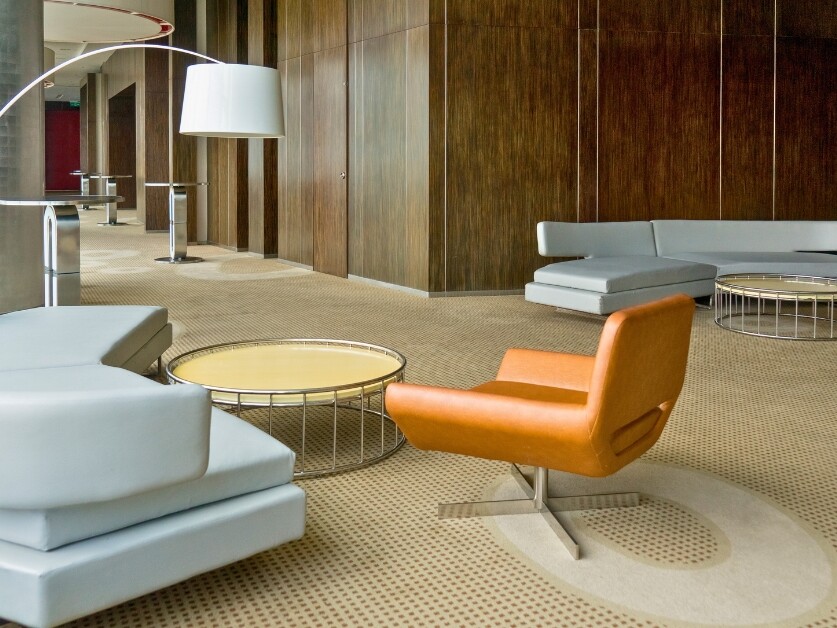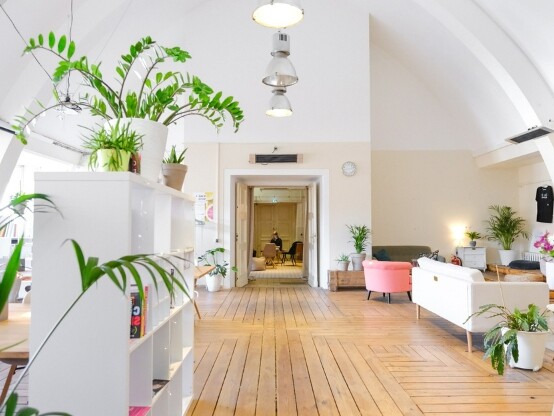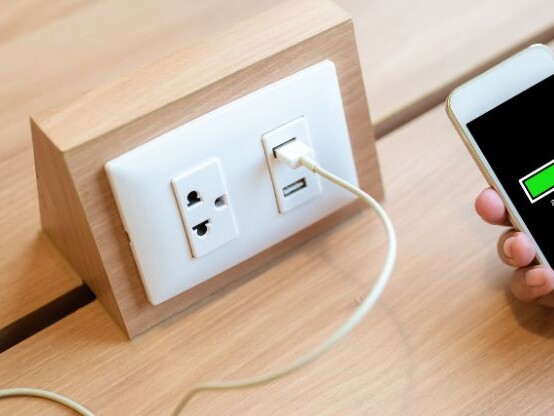With many states reopening public spaces, larger establishments, including universities, airports, convention centers, and event arenas, must consider how to host people safely and successfully. Providing hand sanitizer, posting hand washing signs, and encouraging social distancing may not be enough. An area under much scrutiny is, not surprisingly, the bathroom. By their very nature, public restrooms are high-touch areas with little ventilation or open space. Designers are considering innovative ways to create safer spaces that foster public health and wellness. Here are a few new trends you may see in commercial bathroom design.
Self-Contained Stalls
Flushing often shoots droplets in the air, potentially spreading dangerous germs. Traditional bathroom stalls with ample open space between the floor, ceiling, and doors encourage the spread of particulate from one stall to the next. In an effort to contain germs and minimize the spread of airflow, designers are beginning to shift to self-contained units, even in larger public restrooms. By closing off each stall, air within can be vented out, helping to mitigate transmission of germs and other particles through the air.
Touchless Technology
Many public restrooms already utilize touchless technology in some form. Automatic toilets are popular in ensuring natural waste is removed immediately upon use. Motion activated seats minimize water waste and create a cleaner environment.
However, many soap and paper towel dispensers still rely on human touch, creating a breeding ground for bacteria. Commercial interior designers are focused on developing all-in-one systems that wash, soap, and dry at individual stands, eliminating the need for excess movement around an already cramped space.
Personalized Stations
Commercial lavatory designers are considering placing personal hand washing stations inside of individual bathroom stalls. Instead of a public area for washing, sanitization may be more effective if the space is vented and single occupancy. Hand washing tends to spread droplets around a public space, but in a self-contained stall with a closed ceiling that reaches all the way to the floor, the area would receive less contact.
Self-Closing Lids
American commercial bathroom design has long been absent of toilet lids. This was originally to prevent further spread of germs, but is now being reconsidered as a means of containing droplets. Designers are contemplating the use of motion sensor toilet lids that would open and close upon entry and exit of the bathroom stall.
Socially Distanced Commercial Bathroom Design
Spacing in lavatories is generally cramped as facilities tend to opt for maximizing the area. However, this doesn’t bode well for social distancing practices. Commercial restrooms may very likely lean heavily on designers to create aesthetically pleasing spaces that optimize form and function. Urinals and stalls may be placed further apart to account for six feet of space between guests. Entry and exit ways may need to be enlarged or distributed in order to eliminate close quarters and bottlenecked traffic.
New COVID-19 initiatives allow designers to get creative with commercial bathroom design, fixtures, and furnishings. The opportunity to help promote public health and wellness while designing beautiful spaces will not be simple, but expert designers are certainly up to the challenge. From sanitizer stations to unique entryways, expect to see changes throughout commercial restrooms. Environments Denver has a skilled team of designers to help redesign spaces with COVID-19 regulations in mind. Contact us today to learn more.
